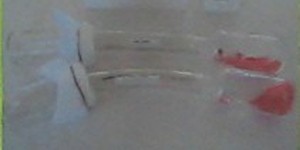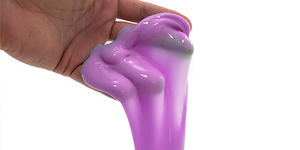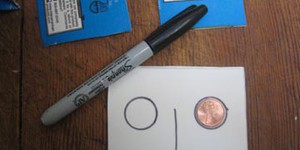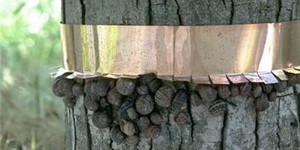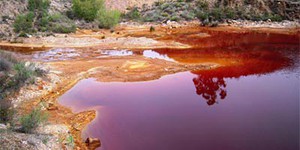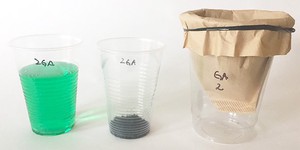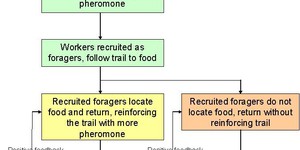Others Like “Drawing Circles Around Ants” (top 20 results)
|
Has your house ever suffered an ant invasion? This project is an interesting way to investigate what substances are effective as ant repellents. The goal is to find substances that keep ants away, yet are safe for humans and the environment.
Read more
Have you ever wondered how fun toys like Silly Putty®, Gak™, and Slime™ are made? These products are so much fun because of the properties of polymers, which make them delightfully bouncy, stretchy, sticky, moldable, breakable, hard, soft, and just plain fun! In this science project you can be the developer of your own slime product by changing the amount of a key ingredient. By observing the physical properties of your results, you can choose the best recipe for your new…
Read more
Animals respond to chemical cues in different ways. If an animal turns away from a chemical cue, then that chemical is a repellent. If an animal turns toward a chemical cue, then that chemical is an attractant. Attractants and repellents can be airborne chemicals, chemicals found in food, or chemicals that diffuse through water. One example of an airborne chemical is a pheromone, a chemical signal that is released by one individual to attract another. Moths release pheromones to attract…
Read more
The ingredients in Alka-Seltzer® tablets undergo a chemical reaction that produces carbon dioxide gas as soon as the tablets hit water. Do you think you can cause the tablets to produce gas faster by breaking them into smaller pieces before dropping them in water? Find out for yourself with this project.
Read more
Making your own bubble solution is fun, but sometimes the bubbles don't seem to work as well as the solutions you buy in the store. In this experiment you can test if adding corn syrup or glycerin to your bubble solution will make it just as good as the stuff you can buy. This experiment will have you blowing bubbles!
Read more
How do astronomers collect stardust? They design and build satellites that are launched into space to collect particles on specially designed panels. Satellites can be sent to orbit around an object of interest: a planet, moon, or comet. In this experiment, you can build your own mini satellite and use it to collect some pretend stellar debris. If you simulate an asteroid impact, how much stellar dust will your satellite collect? Will placing your satellite at different "orbital" distances from…
Read more
If you have a garden, you probably know about snails (or their shell-less relatives, slugs). You may even be looking for a good way to keep them from getting into your garden and eating up the results of all your hard work. In this science project, you will take a scientific look at one method of discouraging this garden pest.
Read more
You might know that lead can be toxic, and that you can get lead poisoning from eating or inhaling old paint dust. Lead is called a heavy metal, and there are other sources of heavy metals that can be toxic, too. Silver, copper, mercury, nickel, cadmium, arsenic, and chromium are all heavy metals that can be toxic in certain environments. In this experiment, find out if one common heavy metal, copper, can be toxic to an aquatic environment.
Read more
Do you filter your tap water before drinking? Many commercials claim these filters make your drinking water cleaner and safer. But what, exactly, are these filters doing and is the water really cleaner afterwards? The cleaning power comes from their filling material, called activated carbon. It exists in all kind of forms: powder, granules, foams, and blocks. Do you think it matters what type of activated carbon is inside the filter? In this activity you will investigate whether larger or…
Read more
Have you ever stopped to watch a trail of ants moving back and forth between a food source and their nest? Have you ever wondered how they establish their trail? You've probably read that ants use chemical signals to communicate with one another. This is a relatively simple experiment that you can do to determine whether ants use attractant signals (positive cues) or repellant signals (negative cues) or both.
Read more
|
Explore Our Science Videos
Build a Model Recycling Sorting Machine
Turn Milk Into Plastic!
DIY Mini Drone Part 2: Altitude Control Circuit


